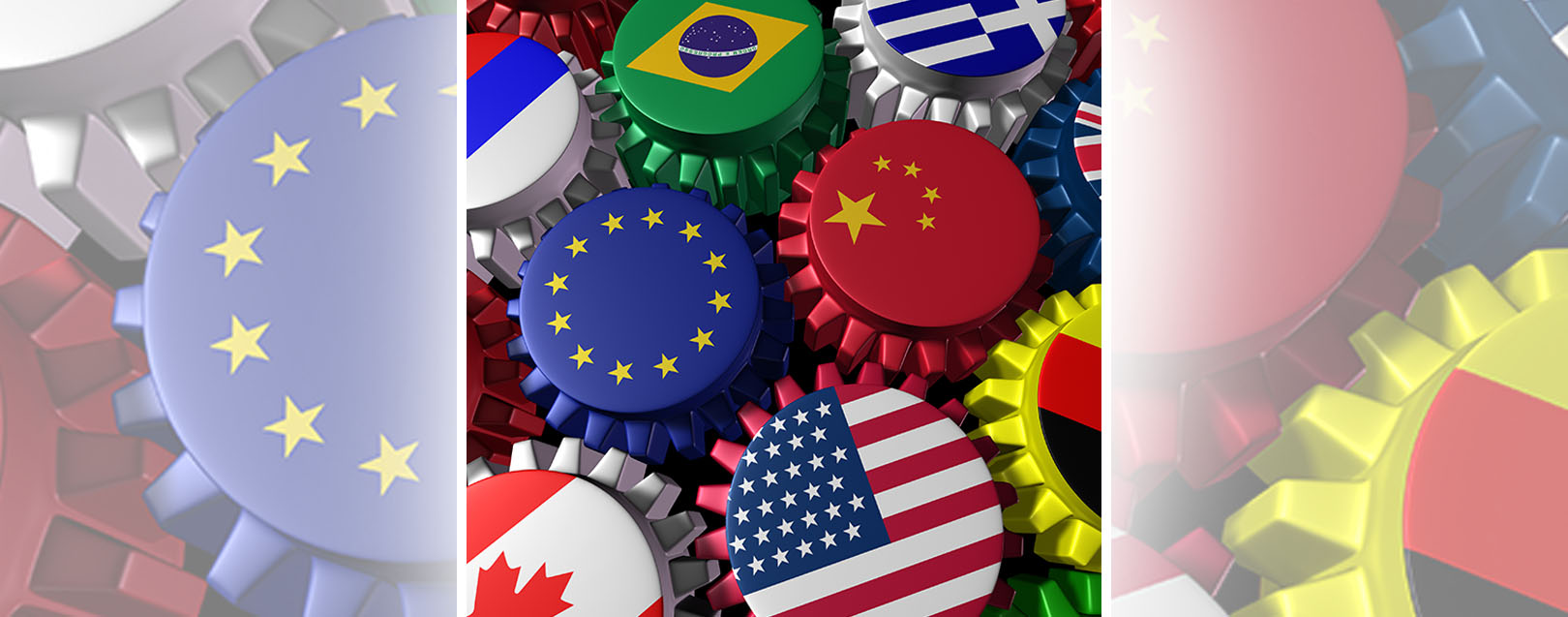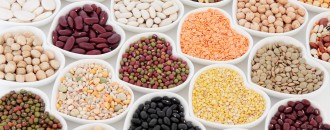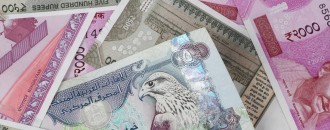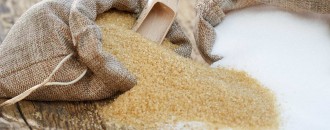
EXIM to raise $3 billion from foreign markets in 2017-18
The Dollar Business Bureau
David Rasquinha, MD, Export Import Bank of India, revealed that the premier export-promoting body aims to raise $2.5 billion – $3 billion from overseas markets in the current fiscal year.
In 2016-17, EXIM had successfully raised an amount of over $2 million from foreign markets.
Even if the deployment of these funds doesn't take place right away, it helps secure liquidity and enhances long term investment opportunities up to 20 years, the MD said.
EXIM promotes Indian investment in Africa in the sectors of power, roads, railways, renewable energy, and agriculture. Of all its annual funding, about 50% goes towards countries in Africa.
The export promotion agency supports long-term projects predominantly in SAARC, Africa, and the far east region. It sees potential for financial lending in the neighbouring countries of Sri Lanka, Myanmar, Nepal, Bangladesh. Laos, Cambodia and Vietnam as mentioned by Rasquinha as important countries.
Recently, David Rasquinha also announced that EXIM was exploring opportunities to finance projects in collaboration with the African Development Bank (AfDB), deepening India's involvement in the continent's economic transformation.
Africa is seen as a tremendous opportunity for Indian investors to leverage, as it presents huge untapped industrial potential. Presently, Africa imports a third of all its food and beverage requirements, indicating a gap in manufacturing and food processing infrastructure. Healthcare and financial sectors are attractive investment avenues in services.
Growing urbanisation in Africa and its bountiful reserves for new-age energy like solar power make India-Africa partnership even more lucrative.
Indian exports to Africa touched $25 billion in 2015-16, from just $14.8 billion in 2008-09. The bilateral trade between India and Africa has also increased by 5 times over the last decade, reaching $56.7 billion in 2015-16.





 to success.
to success.